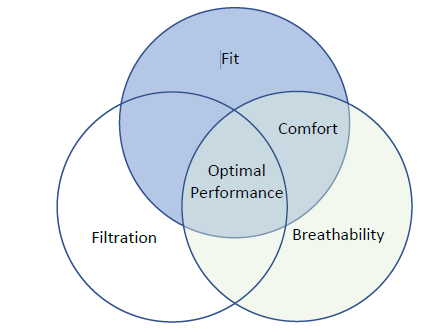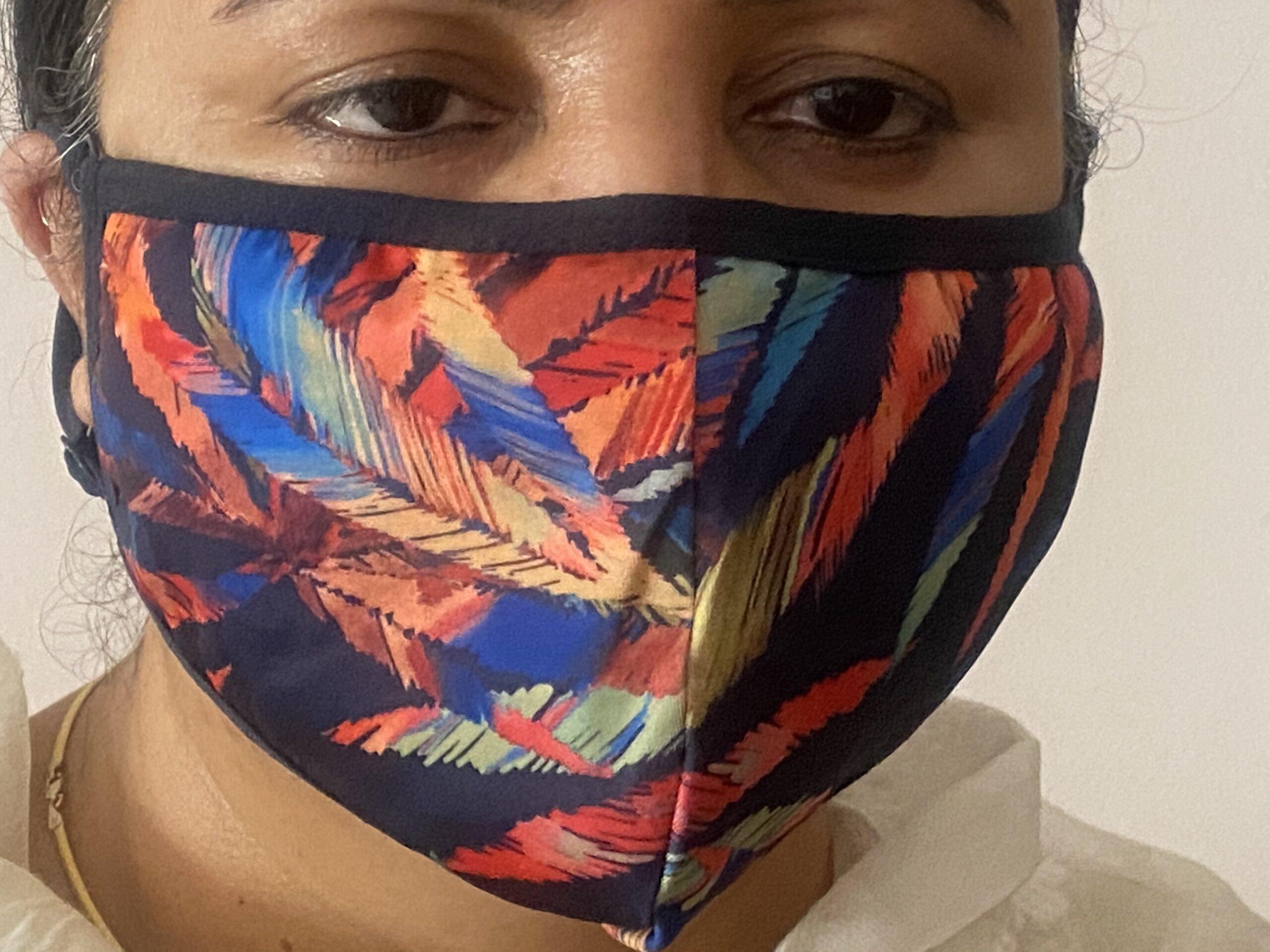Important to check filtration, breathability & ‘fit to face’ non-medical masks
Since January 2020, WHO has recommended the use of masks as part of a comprehensive set of interventions to prevent the spread of SARS-CoV-2. There are many commercial non-medical (also called fabric or cloth) masks available; however, the multitude of voluntary international standards together with the absence of regulatory oversight has made it difficult for people to know if their masks are effective barriers.
“When implemented with other public health and social measures, a mask can serve as an effective barrier to prevent transmission of the SARS-CoV-2 virus, provided that it fits well, has good filtration, and the wearer can easily breathe through it (Figure). When any of these three parameters are not optimized, the mask may be an ineffective barrier and/or uncomfortable to wear,” said a media release issued by the WHO.

A good fit means the mask fully covers the nose, mouth and chin. There should be no leaks around the edges of the mask. The exhaled breath should be filtered through the surface of the mask.
Good filtration means the mask has the right fabric or combination of fabrics that filter droplets present in exhaled air.
Good breathability means the wearer can easily breathe through the material of the mask. Since masks are often rated in terms of their filtration, it is equally important to maximize breathability to ensure the wearer’s comfort.
WHO first issued guidance on the composition of non-medical or fabric masks in June 2020 providing specific recommendations about the number of layers, their composition and performance, and the importance of fit. Where possible, to ensure adequate wearer comfort, the design and combination of textiles used in manufacturing the fabric masks should be independently tested for adequate fit, filtration and breathability. This is especially important for masks used for an extended period and/or in humid environments.
WHO continues to encourage governments to establish regulations for non-medical masks, and has published evidence-based recommendations on what to look for when purchasing a fabric mask, which are summarized below:
When purchasing a fabric mask, check the packaging for information that they have been laboratory tested:
- At least 70% filtration of particles or droplets measuring three microns (lower filtration is acceptable if the challenge particles/droplets are smaller);
- No more than 60 pascals of pressure difference per square centimetre (<60 Pa/cm2) (alternative measures such as air permeability or airflow resistance may be used);
- Guaranteed at least five cycles of washing with no performance reduction;
- No exhalation valves;
- Antimicrobial coatings or treatments are not required; if included, the treated layers must be away from the skin and be tested for inhalational and skin safety as per the ISO or REACH regulation requirements.
If there are no standards listed on the package, find a mask that has three layers, made up of:
- Inner layer made of absorbent cotton;
- Middle layer made of a non-woven spun-bond polypropylene (i.e., a filter layer); and
- Outer layer made of moisture-resistant polyester or another layer of non-woven spun-bond polypropylene.
More detailed information can be found in the annex section of the guidance document. Breathability may be altered when additional layers are added to increase filtration. For example, adding a second mask over the first may increase filtration and fit, but can also make breathing more difficult and uncomfortable. If people have to take off a mask to breathe, the barrier is naturally lost.
Finally, a non-medical/fabric mask should always be stored properly in designated plastic bags or containers before and after use and should be cleaned daily when used, with soap or detergent and preferably hot water (60 degrees). If hot water is not available, wash the mask with soap or detergent using water at room temperature followed by boiling the mask for one minute.
Single-use masks should always be disposed of properly, preferably into a closed bin after use. Masks should never be left out after use, as used masks may contain virus which may be transmitted to the wearer or others.
WHO continues to closely monitor masks that are being developed by industry, and encourages research into textile combinations and innovative designs that maximize fit, filtration, breathability, and overall comfort. Consultations with scientists, ministries of health, and public health institutions continue, and updates will be provided as the science in this field evolves.
WHO has dedicated a webpage for complete information on the selection of a mask, how to wear and maintain it.



